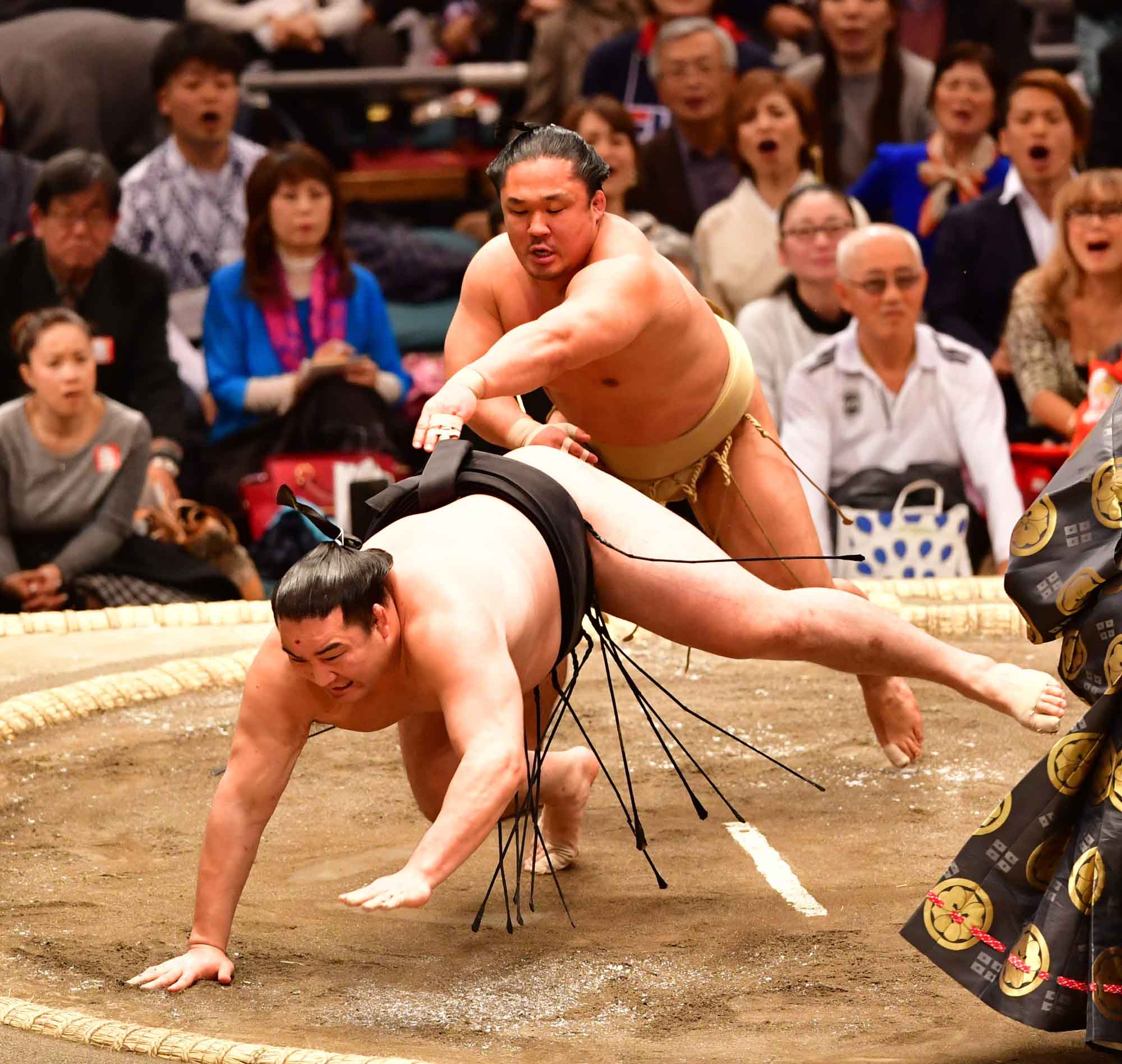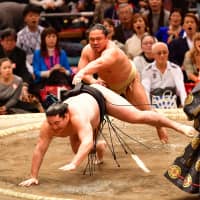New entrants into the world of sumo generally fall into three groups.
Most are recent junior high school graduates with little to no previous sumo experience.
That category has a fairly high washout rate, as the reality of sumo's harsh lifestyle normally comes as a shock to its members.
Another (much smaller) group is foreign-born wrestlers.
The difficulty of even getting accepted into a sumo heya, added to the fact that stables tend to reserve their foreigner slot for people with proven success at the amateur level, means that most men that come from abroad do well in the professional ranks.
The third group is college graduates.
Normally, anyone joining sumo after university does so after having been part of a strong collegiate program.
It's rare for those who attended a national university to join sumo.
Perhaps the most famous one who did was Ichinoya.
A sumo fanatic from childhood, he started the sumo club at the University of the Ryukyus, then spent 26 years in the professional ranks without ever making it out of the three lowest divisions.
Nihon University, an amateur powerhouse, has been a conveyer belt of talent for ozumo.
Wajima, the only former collegian to make yokozuna, came from Nichidai (as it is commonly known). So too did ozeki Kotomitsuki and almost 60 other top-division wrestlers.
Nichidai currently lags behind Nippon Sports Science University, however.
The latter boasts five current makuuchi division wrestlers — Hokutofuji, Miyogiryu, Chiyotairyu, Yoshikaze and Tomokaze — while Nichidai only has Endo and Ishiura.
There are no former ex collegians in the sport's top three ranks right now and that reflects the longer-term trend of university graduates generally doing well enough to make it to makuuchi but missing that certain je ne sais quoi needed to reach sumo's highest levels.




